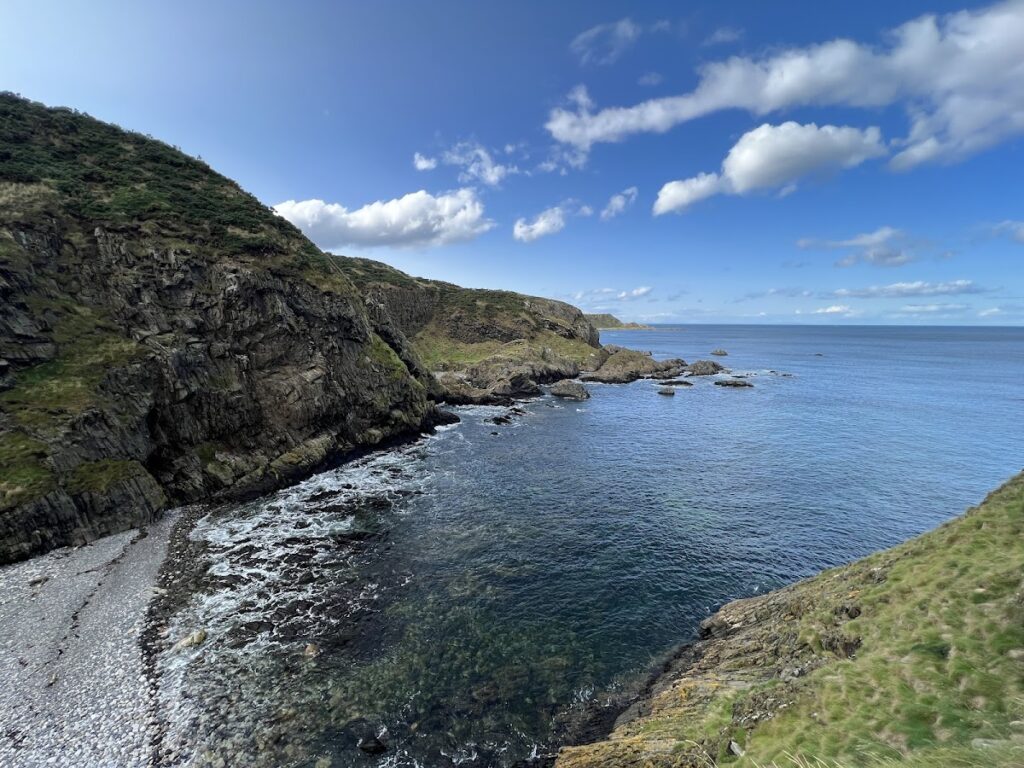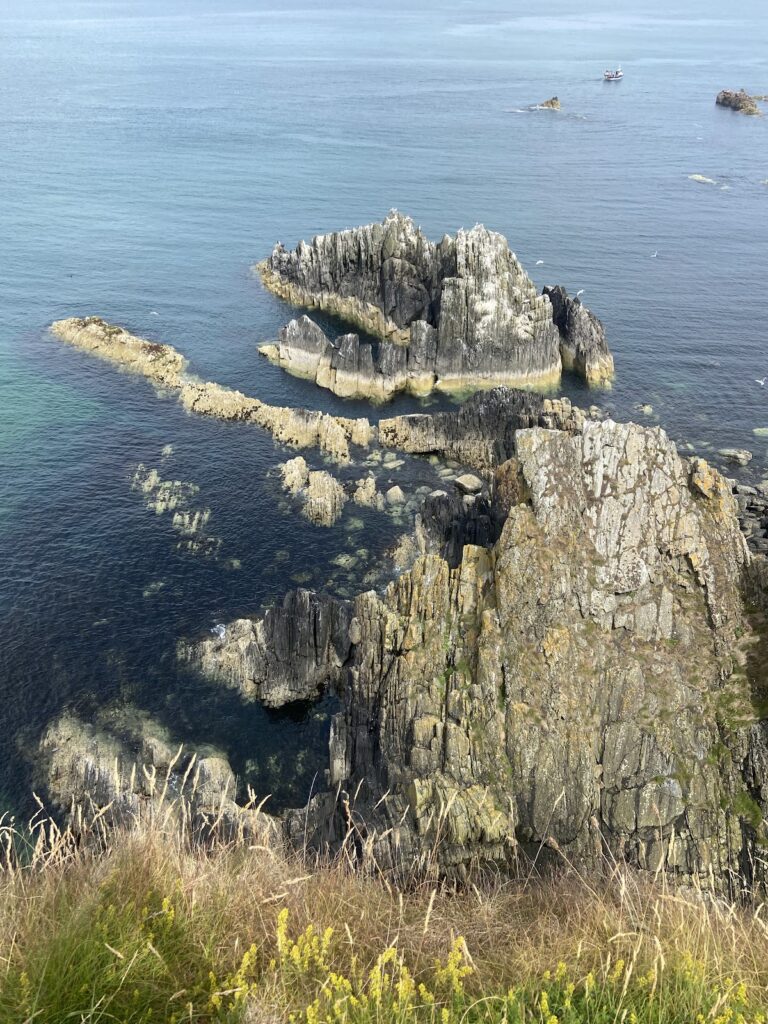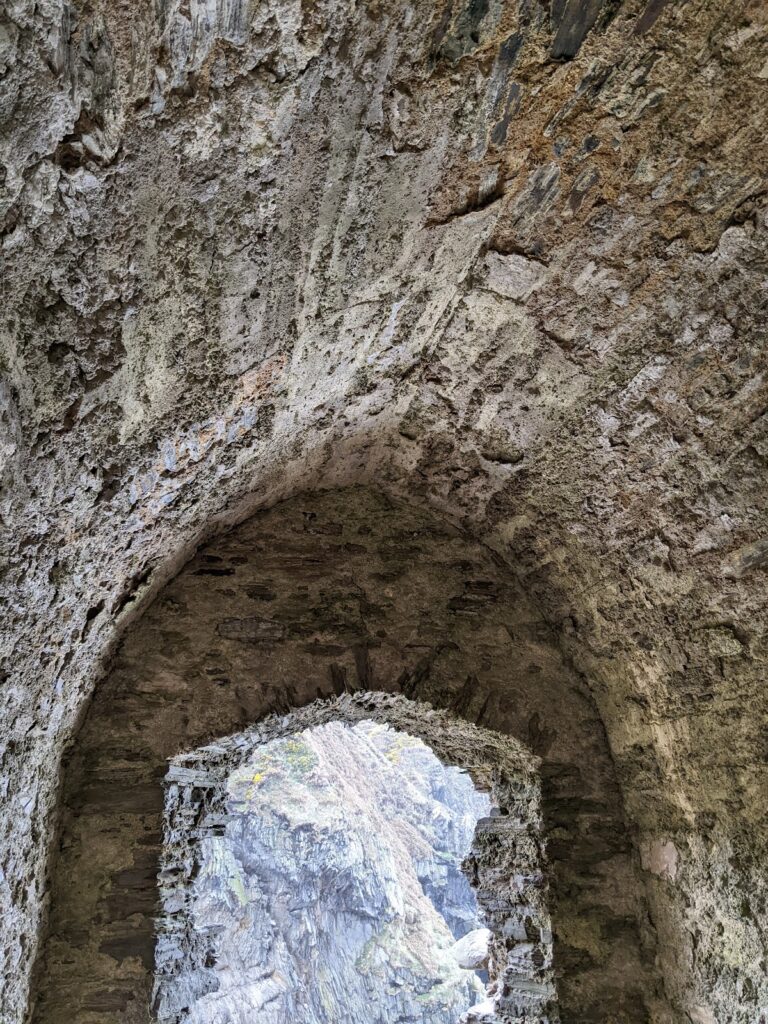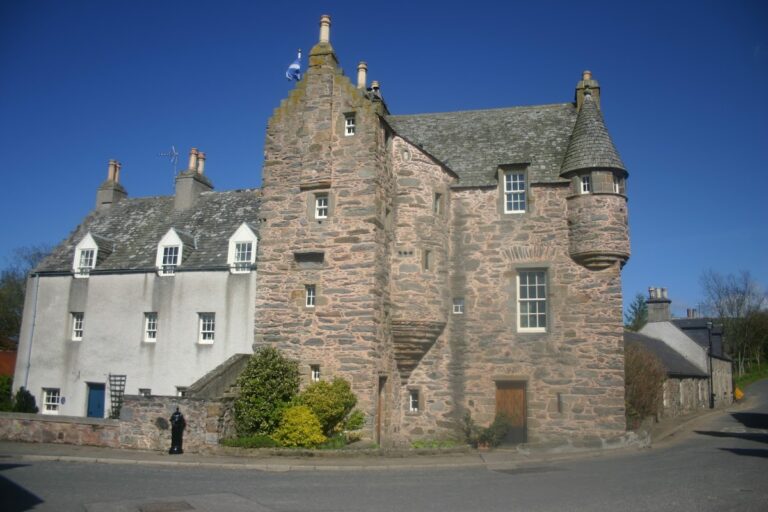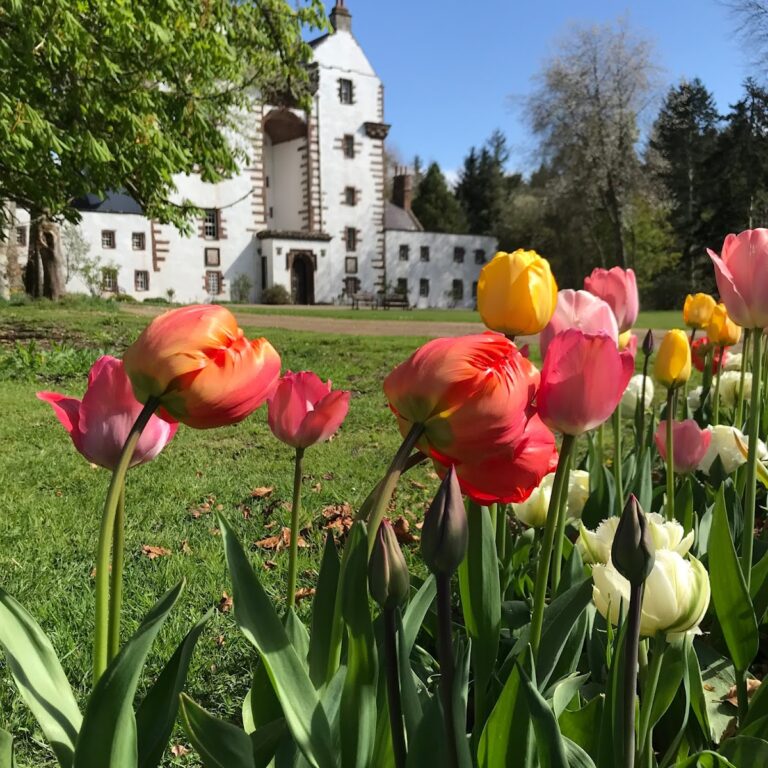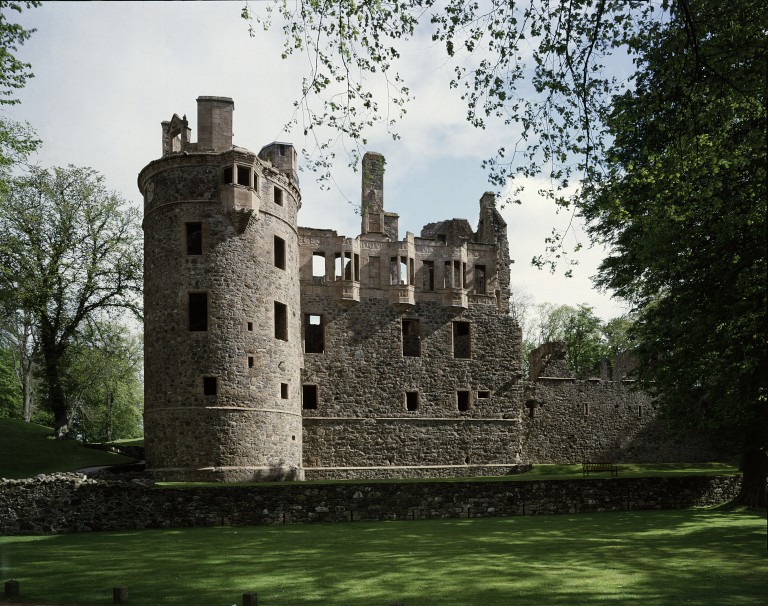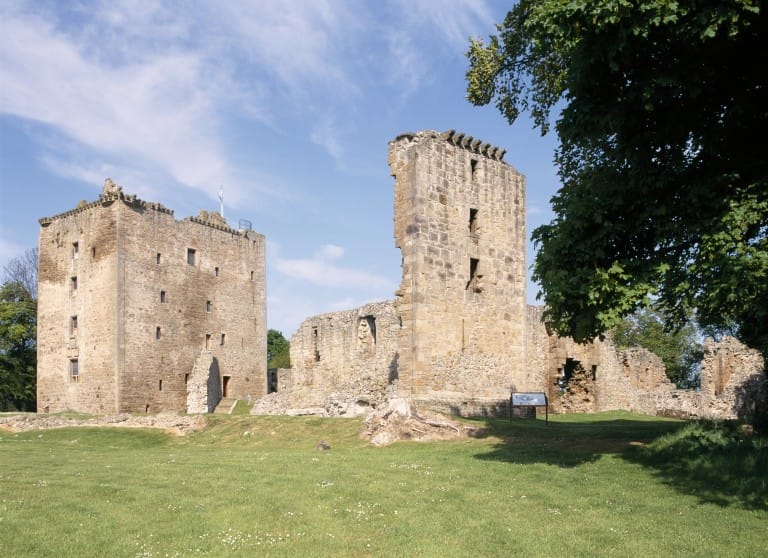Findlater Castle: A Medieval Scottish Fortress in Aberdeenshire
Visitor Information
Google Rating: 4.8
Popularity: Low
Google Maps: View on Google Maps
Official Website: www.findlatercastle.com
Country: United Kingdom
Civilization: Unclassified
Remains: Military
History
Findlater Castle stands on a cliffside promontory near Sandend, within Aberdeenshire, Scotland. The site was originally established by the medieval Scottish civilization and has witnessed centuries of strategic military and noble activity.
The earliest known fortress at Findlater was recorded in 1246. In the 1260s, King Alexander III of Scotland undertook construction or repairs to strengthen the site’s defenses, aiming to repel an invasion by King Haakon IV of Norway. Despite these efforts, Norwegian forces managed to capture and occupy the castle for a period during this era.
Following destruction attributed to Viking attacks, the castle was largely rebuilt in the 14th century, likely through the initiative of the Sinclair family. This rebuilding phase extended into the late 14th or mid-15th century. Written records from 1445 (or 1455 according to some accounts) indicate that Walter Ogilvy received official permission to repair and restore the castle, marking a phase of renewed fortification.
The 16th century brought political turmoil to Findlater Castle, centered on local rivalries between the Ogilvy and Gordon families. In 1562, forces loyal to Mary, Queen of Scots, laid siege to the castle to remove John Gordon, who had refused to relinquish control. John Gordon was eventually captured and executed after the subsequent Battle of Corrichie, bringing the castle under Ogilvy dominance once more.
By 1638, the Ogilvy family had risen in status, with James Ogilvy granted the title Earl of Findlater. He constructed Cullen House nearby and shifted the family’s primary residence there. This relocation contributed to the gradual abandonment of the castle, which fell into decline through the mid-17th century. Today, the ruins remain under the guardianship of the Earl of Seafield.
Remains
Findlater Castle occupies a rocky promontory soaring approximately 15 meters above the Moray Firth, separated from the mainland by a narrow raised strip of land known as an isthmus. The fortress and its supporting structures occupy the entire end of this headland, surrounded by sea on all sides except where it connects to the shore.
Access to the castle was carefully controlled through defensive features built along the isthmus. A trench with a water-filled moat and a bastion protected the entry point, while two drawbridges spanned the moat on a raised stone causeway. This arrangement allowed defenders to restrict and monitor movement to and from the stronghold.
A raised walkway led from this landward side to the castle itself, enhancing its defendability by creating an elevated route guarded against attackers. The main remains include a tower, which served as a stronghold, and auxiliary buildings clustered around it, all constructed or reconstructed during the 14th and 15th centuries.
The style and design of the castle’s 14th- and 15th-century rebuild share influences with other notable Scottish fortifications of the period, particularly Roslyn Castle, and display some architectural elements reminiscent of Eilean Donan Castle. These similarities suggest the builders used successful contemporary designs to enhance defensive capability.
Close to the castle stands the Findlater Doocot, a dovecote tower dating roughly from 1500. This tower was intended for housing pigeons or doves, which were an important source of meat and eggs in medieval Scotland. The doocot has undergone restoration in 1992 and remains a prominent feature of the site.
Currently, the castle ruins show signs of decline but remain largely intact in their core structure, continuing to mark the landscape visible from the surrounding coast. The layout and surviving remains provide valuable insight into the fortified design and strategic importance of Findlater Castle during the late medieval period.
